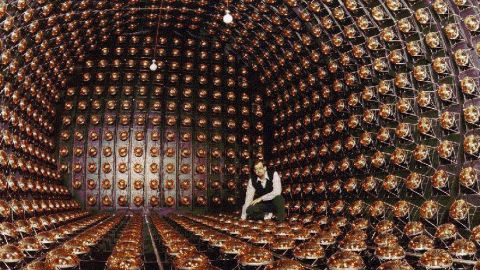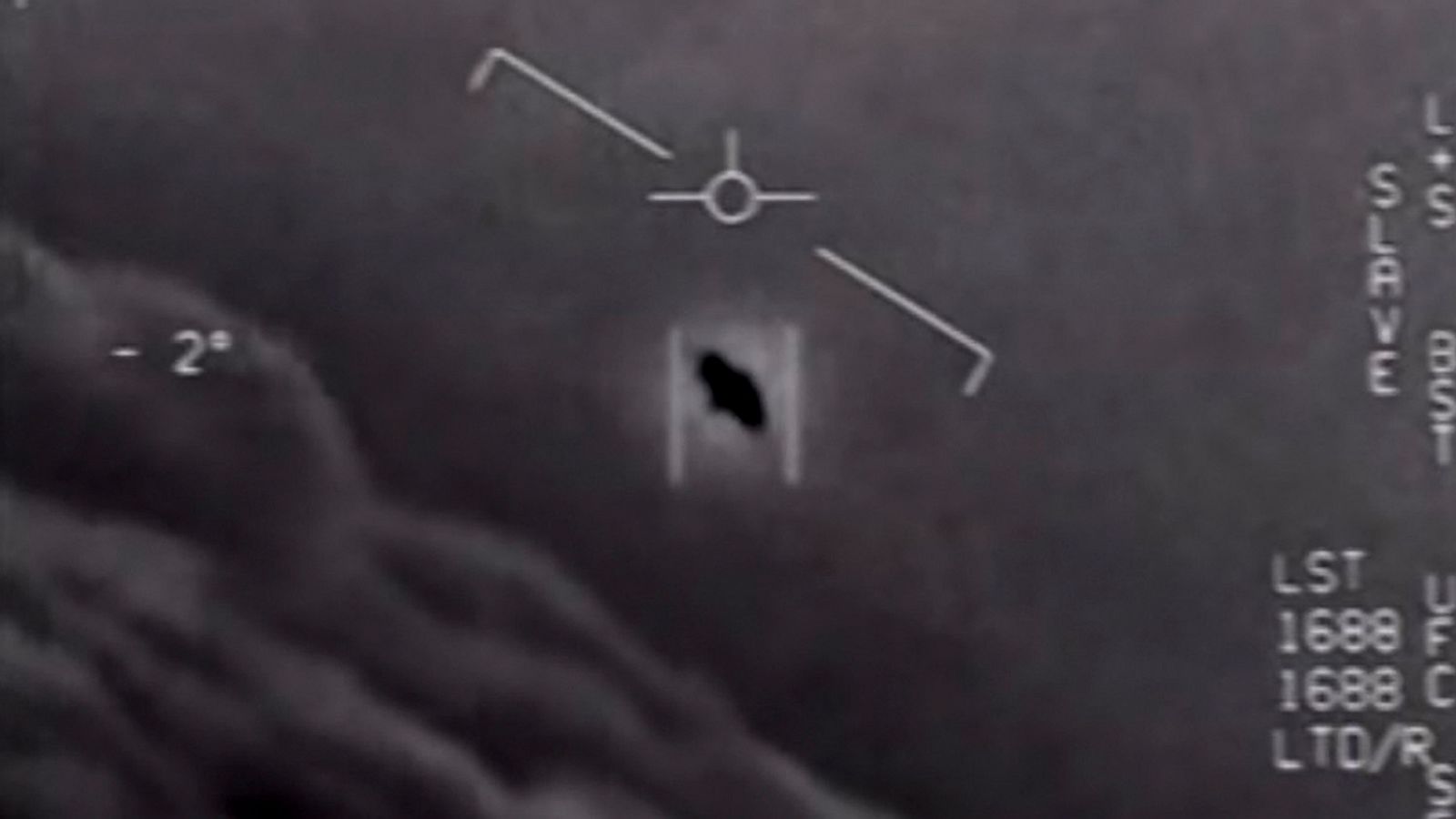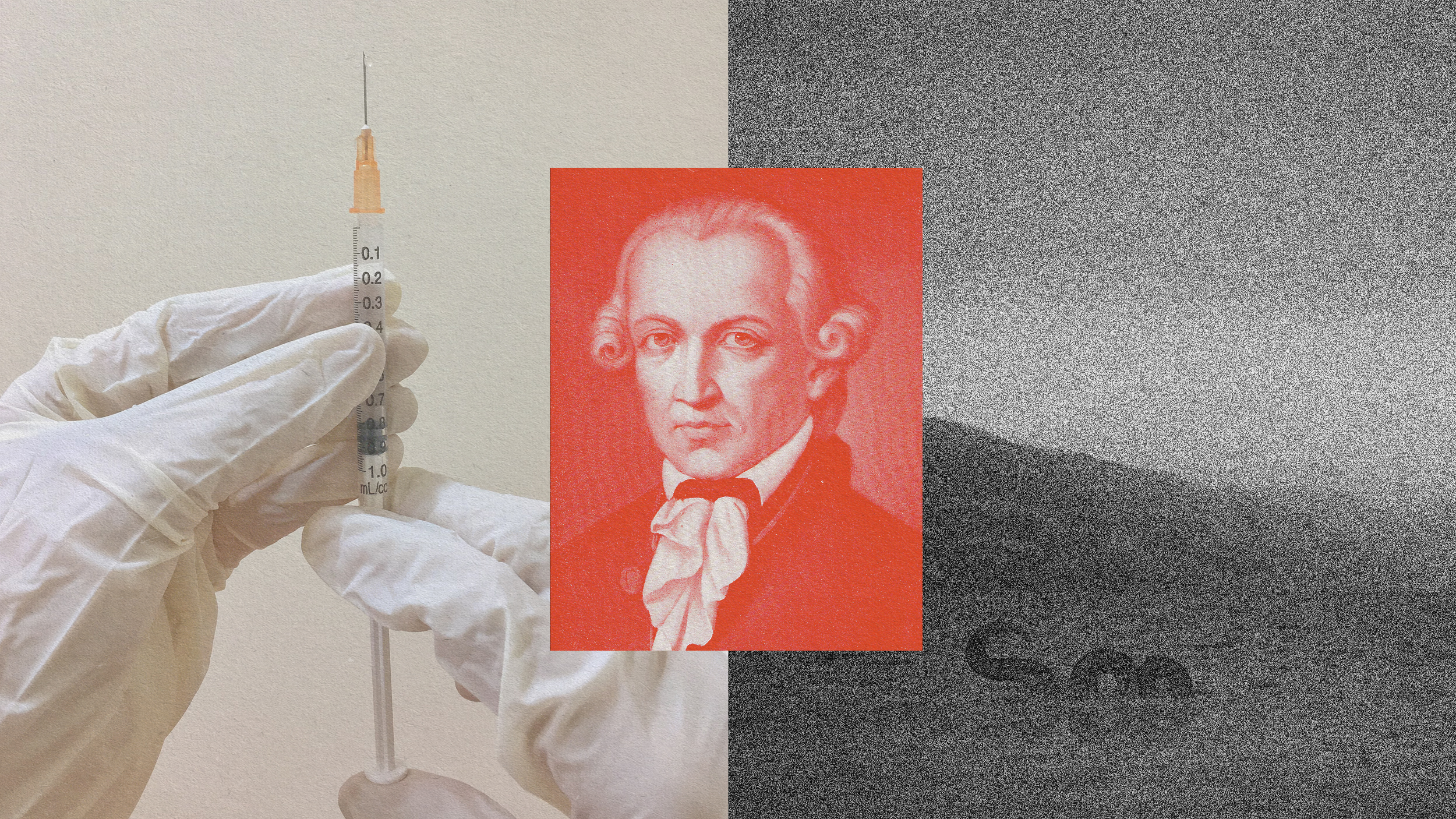Neutrino Hunters: A Detective Story with Cosmic Implications

Neutrino particles, dubbed the “poltergeists of physics,” are subatomic particles that are considered to be the fundamental building blocks of our universe. The existence of these particles was first proposed in 1930 by the physicist Wolfgang Pauli and later confirmed in an experiment in 1956.
The word neutrino, meaning “small neutral one,” was coined by the Italian physicist Enrico Fermi, who helped develop the atom bomb with Robert Oppenheimer. Fermi is just one of an intriguing cast of characters who hunted down this particle over many decades. Another is Ettore Majorana, who disappeared at sea under mysterious circumstances in 1938.
The story of the quest to find the neutrino, and the exciting new research around this particle, is the subject of Ray Jayawardhana’s new book, Neutrino Hunters: The Thrilling Chase for a Ghostly Particle to Unlock the Secrets of the Universe.
Jayawardhana is an astrophysicist at the University of Toronto. Hailed as “the new dean of popular science,” Jayawardhana’s discoveries have made headlines worldwide and led to accolades such as the Steacie Prize, the McLean Award, and a Radcliffe Fellowship. We are pleased to announce that Jayawardhana will be appearing in a video interview on Big Think next week. We encourage readers to submit questions for our consideration in the comments below.
We are interested to hear Jayawardhana explain the implications of neutrino research. Scientists have detected neutrinos from extraterrestrial sources, possibly from outside our solar system. This cutting-edge field can give us clues about the inner workings and life cycles of stars. Neutrino detection experiments may also lead to the ability to detect nuclear weapons development from afar. Moreover, our understanding of neutrinos might help us solve one of the greatest questions of all time – why matter won out over antimatter, or why we are here.
Image above is the interior of the Liquid Scintillator Neutrino Detector





